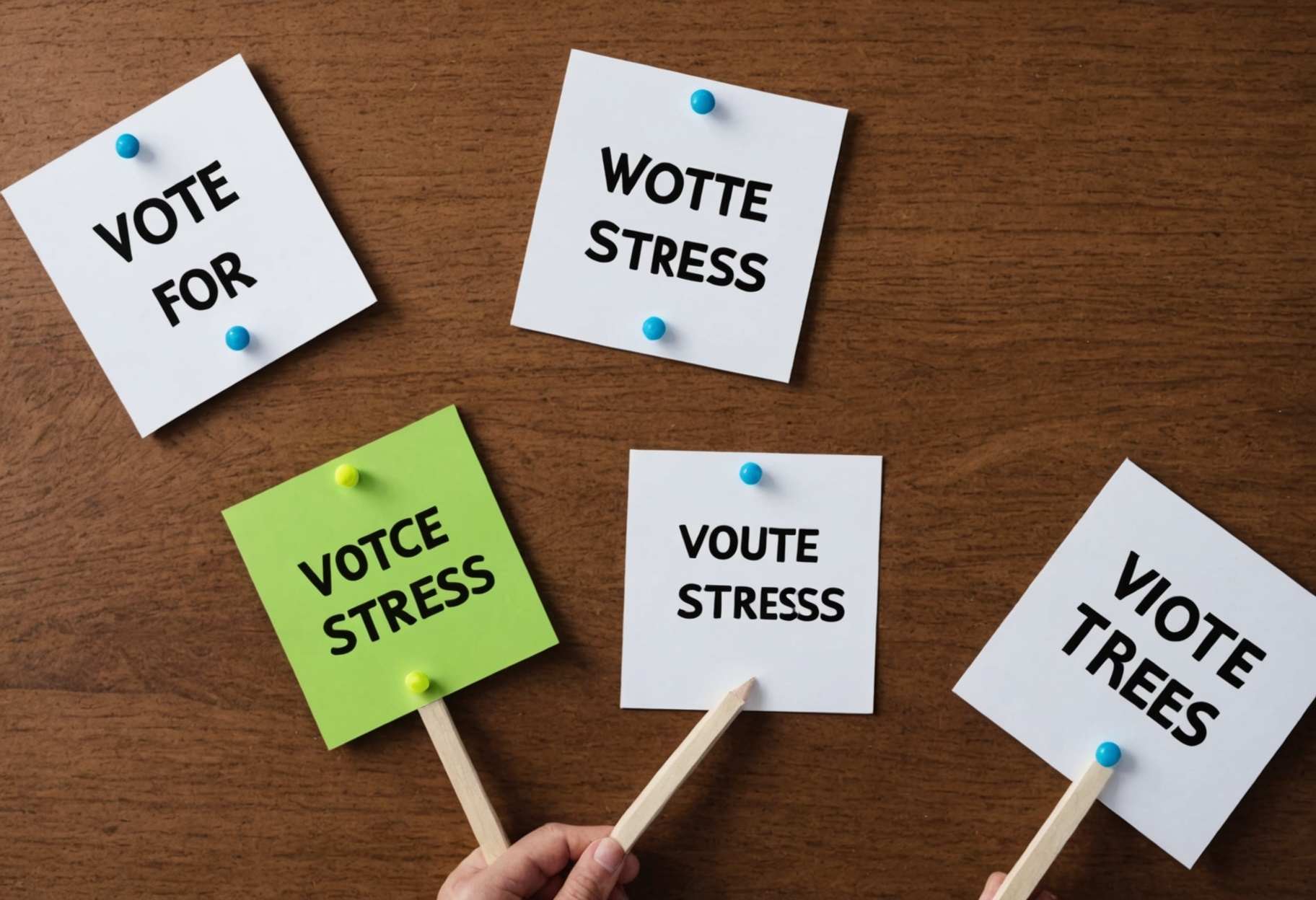- CONTACT US
- AFS
- Business
- Bussiness
- Car
- Career
- Celebrity
- Digital Products
- Education
- Entertainment
- Fashion
- Film
- Food
- Fun
- Games
- General Health
- Health
- Health Awareness
- Healthy
- Healthy Lifestyle
- History Facts
- Household Appliances
- Internet
- Investment
- Law
- Lifestyle
- Loans&Mortgages
- Luxury Life Style
- movie
- Music
- Nature
- News
- Pet
- Plant
- Politics
- Recommends
- Science
- Self-care
- services
- Smart Phone
- Sports
- Style
- Technology
- tire
- Travel
- US
- World
- エンタメ
- スポーツ
- 科学
- 経済

The latest season of “The White Lotus” delivered big ratings for HBO - and fueled a surge of Google searches for a risky antianxiety prescription drug featured on the show, according to research published Friday.
The paper, published in JAMA Health Forum, highlights Hollywood’s outsize cultural influence and the common use of benzodiazepines, a class of anxiety-relieving medications that can cause physical dependence and agonizing withdrawal symptoms.
The third season of the show, which depicts well-heeled guests at a luxury resort in Thailand, includes a storyline of a mother hooked on lorazepam pills and her husband who starts to steal and take them as he faces financial ruin and criminal charges.
Researchers from the University of California at San Diego found that Google searches for lorazepam and two benzodiazepines with different names remained stable for years before the release of the show’s third season in February. Searches for lorazepam skyrocketed for the next 12 weeks, nearly 99 percent higher than expected - representing 1.6 million additional searches. During that time, searches for similar drugs, alprazolam and clonazepam, remained at expected levels, the study showed.
Many of the queries asked how to get lorazepam, although that doesn’t mean viewers bought them, said Kevin Yang, the study’s lead author and a psychiatrist specializing in addiction at the UC-San Diego School of Medicine. “But it’s at least a good indicator of public interest in that medication,” he said.
Yang got the idea for the study on his couch while watching “The White Lotus” with his now-wife. “It almost felt as if it was being glorified,” Yang said.
- - -
A long history
Benzodiazepines - which include drugs such as Xanax and Valium - are commonly prescribed for anxiety, bouts of panic and insomnia.
The sedative drugs are highly effective but should not be used longer than two to four weeks because of the risk of dependence, said Alexis Ritvo, assistant professor of psychiatry at the University of Colorado School of Medicine and a member of the nonprofit Alliance for Benzodiazepine Best Practices.
“Very rarely are people adequately educated about that before they’re given a prescription for these meds,” Ritvo said.
The medical community has long known about the dangers of prolonged use of benzodiazepines, or benzos, as they are often called.
In 2020, the Food and Drug Administration issued stronger warnings for benzodiazepines, detailing the risk of abuse, addiction and withdrawal symptoms. The updated boxed warning came amid rising concerns about benzodiazepine abuse, with the agency estimating half of prescriptions were for longer than two months.
Stopping the drugs abruptly after prolonged use can worsen anxiety and insomnia, leading some patients to start again on higher doses. Withdrawals can last months or even years. Nicole Lamberson, a physician assistant who began taking prescription Xanax for anxiety in her early 20s, spent eight years battling withdrawal symptoms. During that time, she became gaunt and bedridden, afflicted by bedsores.
“I was crippled with panic, anxiety, terror, racing thoughts, suicidality. I was fully dissociated,” said Lamberson, medical director of the Benzodiazepine Information Coalition, a nonprofit aimed at raising awareness about the dangers of the medications.
Patients have access to other pharmaceutical anxiety medication, including SSRIs and buspirone. Earlier this year, the American Society of Addiction Medicine published new guidelines for reducing doses for patients who have been regularly taking benzodiazepines.
Long-term benzodiazepine use poses other risks such as memory loss, difficulty concentrating and brain fog - particularly dangerous for elderly patients susceptible to falls.
Benzodiazepines can also amplify the effects of other prescription drugs or alcohol. “If you have an opioid problem or alcohol problem, adding benzos to the equation is like pouring gasoline onto a fire,” said Wayne Kepner, a Stanford University addiction researcher involved in the “White Lotus” study.
(Victoria, the mother taking lorazepam in “The White Lotus,” slurs at dinner while drinking wine.)
Researchers have also noted cases of “designer” benzos - which are not approved for medical use but can be purchased online - creeping into the illicit drug supply, an added wrinkle to the nation’s drug crisis. Sometimes known as “benzo dope,” the mix of opioids such as fentanyl and benzodiazepines slows breathing and heart rate and lowers blood pressure, increasing the possibility of an overdose.
- - -
Cultural imprint
Benzodiazepines have long made appearances in popular culture, reflecting their common use as a prescription and recreational drug.
Books, TV shows and movies have depicted or hinted at housewives grappling with suburban malaise by taking Valium. The hard-partying stockbroker in “The Wolf of Wall Street” mentions taking Xanax to “take the edge off.” Hip-hop artists rap about them, and not always to glorify - Future’s “XanaX Damage” is about the drug’s harms.
“We have a culture of, ‘You work hard, keep going, you shouldn’t feel pain, you shouldn’t feel distress,’” said Ritvo, the addiction psychiatrist. “If you feel anxious, if you feel overwhelmed, then you should do something to take that feeling away.”
An HBO spokesperson did not return a request for comment.
The visibility of benzodiazepines on “The White Lotus” could serve as a learning moment, the study researchers said.
In the paper, they noted the surge in Google searches showed “a level of engagement that few public health interventions achieve in such a short time frame.”
Yang and Kepner, in an interview, suggested that such shows could include disclaimers on benzodiazepine misuse or steer viewers to help lines or websites, as is often done when media touches on suicide, child abuse or gambling. “There needs to be some discussion on guardrails,” Kepner said.
On “The White Lotus” (spoilers ahead), Victoria Ratliff appears to be spared excruciating withdrawal as her husband, Timothy, raids her lorazepam supply and descends into a detached, drugged haze. He considers killing himself and his family but eventually runs out of the drug and finds peace.
Related Content
So long, penny. The Treasury has officially stopped producing one-cent coins.
These Thanksgiving recipes are modern takes on retro favorites
Syrian president details plans to work with Americans he once fought
LATEST POSTS
- 1
 Glen Powell will host 'Saturday Night Live' with Olivia Dean as musical guest: What to know ahead of their debut
Glen Powell will host 'Saturday Night Live' with Olivia Dean as musical guest: What to know ahead of their debut - 2
 Displaced Palestinian families suffer as heavy rains flood Gaza tent camps
Displaced Palestinian families suffer as heavy rains flood Gaza tent camps - 3
 This Flashy Old-School Design Trend From Italy Still Has A Place In Modern Kitchens
This Flashy Old-School Design Trend From Italy Still Has A Place In Modern Kitchens - 4
 Moscow accuses Berlin of stifling the opposition
Moscow accuses Berlin of stifling the opposition - 5
 Why the chemtrail conspiracy theory lingers and grows – and why Tucker Carlson is talking about it
Why the chemtrail conspiracy theory lingers and grows – and why Tucker Carlson is talking about it
 My Excursion to a Better Way of life: Health Experiences
My Excursion to a Better Way of life: Health Experiences Solid Propensities: Little Changes for a Superior Life
Solid Propensities: Little Changes for a Superior Life Vote In favor of Your #1 Method for lessening Pressure
Vote In favor of Your #1 Method for lessening Pressure Vote in favor of the Top Vegetable for Senior
Vote in favor of the Top Vegetable for Senior Step by step instructions to Prepare with Senior Protection for Inward feeling of harmony.
Step by step instructions to Prepare with Senior Protection for Inward feeling of harmony. Beating Wellbeing Difficulties: Individual Victories in Health
Beating Wellbeing Difficulties: Individual Victories in Health Home Wellness Basics: Building Your Home Exercise center
Home Wellness Basics: Building Your Home Exercise center Vote in favor of Your Number one Smartwatch: Exactness and Style Matter
Vote in favor of Your Number one Smartwatch: Exactness and Style Matter The Extraordinary Excursion of Dental Embed Innovation
The Extraordinary Excursion of Dental Embed Innovation













